|
|


Studies on Homalomeneae (Araceae) of Borneo XIII - New Species of Homalomena
All Images and Text © 1996 to 2024 by the International Aroid Society or by their respective owners as noted.
Please send your comments to
served by aws-web2
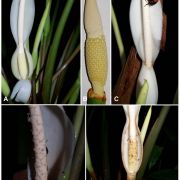
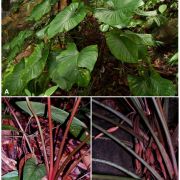
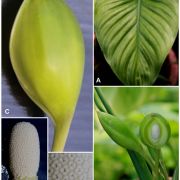
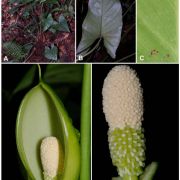
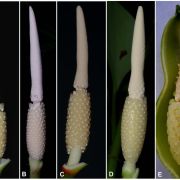
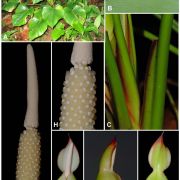
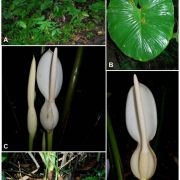
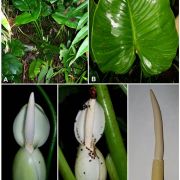

|
 Studies on Homalomeneae (Araceae) of Borneo XIII - New Species of Homalomena
| |
| All Images and Text © 1996 to 2024 by the International Aroid Society or by their respective owners as noted. Please send your comments to served by aws-web2 |
